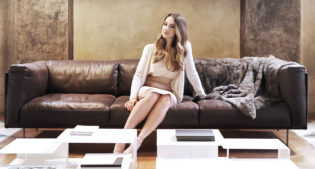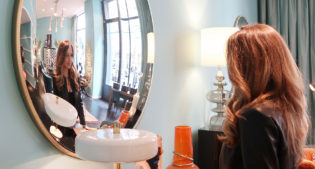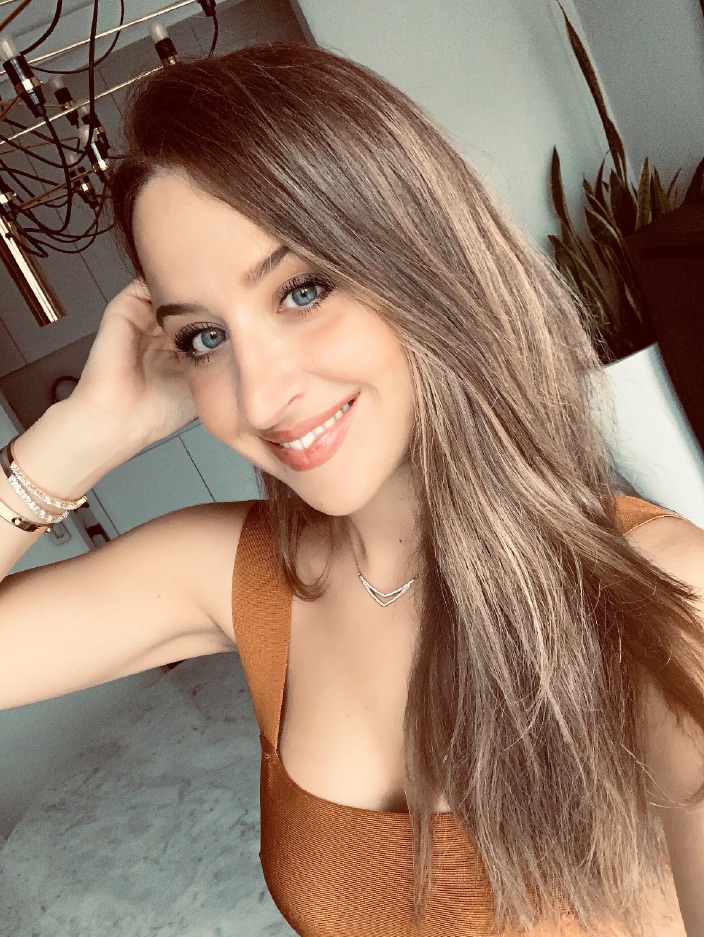Life is the art of encounters. The encounter with Giovanna Castiglioni, Achille Castiglioni’s youngest daughter, was a meeting in which design acted as the link between the current reality of the Foundation that bears her last name and the historical importance of her father. Thanks to her privileged point of view I have looked into the everyday life of Achille Castiglioni, without ever separating the man from the designer, a thing that would be impossible to do.
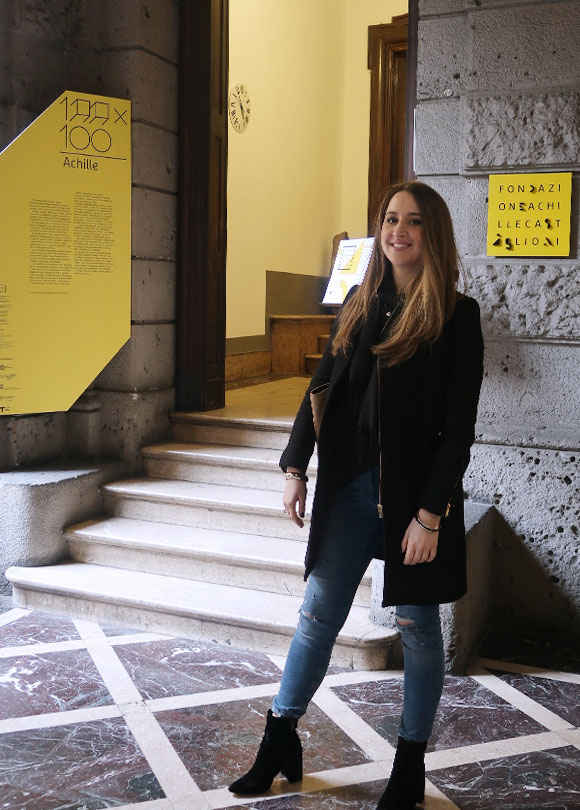
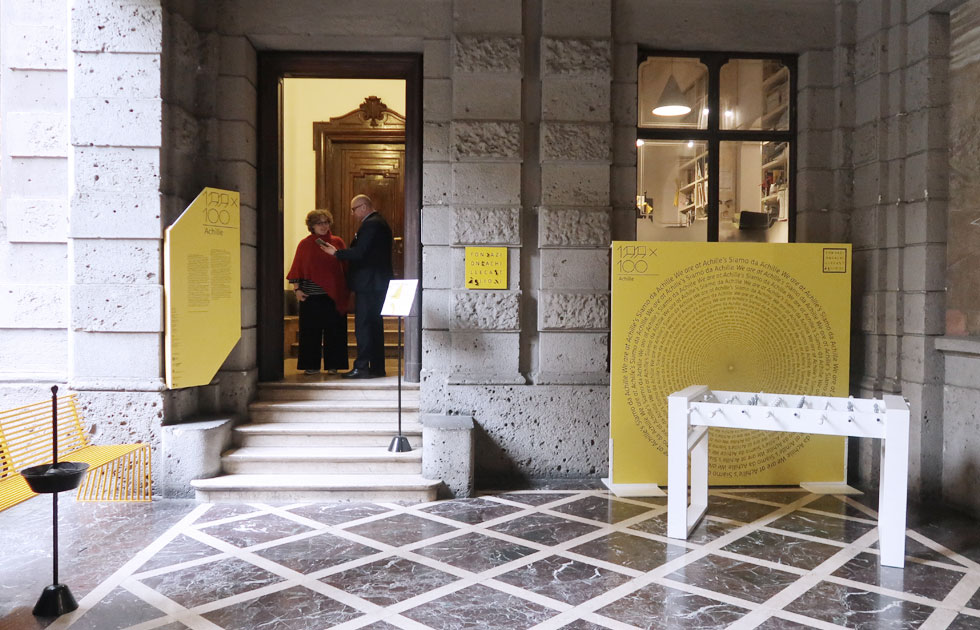
Thanks to this interview I have seen a tender but resolute portrait of this man that I cannot not share with you. Here is the dialogue with Giovanna Castiglioni during our meeting at the Achille Castiglioni Foundation, which from February will be the location for the exhibition-event “100 × 100 Achille”: To mark Achille’s 100th birthday it is anticipated that some of the most important designers in the world will arrive bringing a birthday gift for Achille.
Watch exclusive content in the video interview
Of the hundreds of gifts that have been brought for the Centenary of Achille’s birth, which one, in your opinion, would have been most appreciated by your father?
It’s difficult to answer: there are more than 100 objects, and they are all very clever objects. I could give you a list , but it is difficult to choose, because I look at them and they are all anonymous objects, functional, very simple but at the same time with a great story behind them.
Starting with the staple donated by Philippe Starck, who arrived with one of the most well known objects present on everyone’s desk, through to Gum Design that arrived with a classic party balloon. Not to mention the gifts tied to a greeting card, I can think of Gio Velluto who brought a bullet.
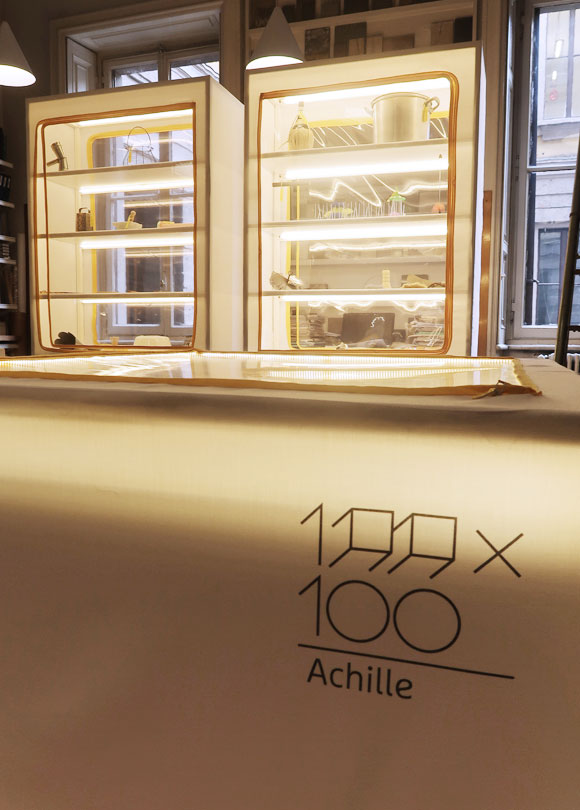
An unusual object… Why a bullet?
As I told you, that gift that came completed with a greeting card that read: “A-Killer, you’ve never missed a shot”. And with those words you understand everything.
It is interesting to see how the designers, Italian and foreign, well known or less known, wanted to bring a gift to dad in many different ways. In some cases we have objects that speak for themselves, for example Lissoni brought bonsai scissors, which are beautiful in their own right; in other cases it is necessary to go deeper and try and understand the thought behind the gift.
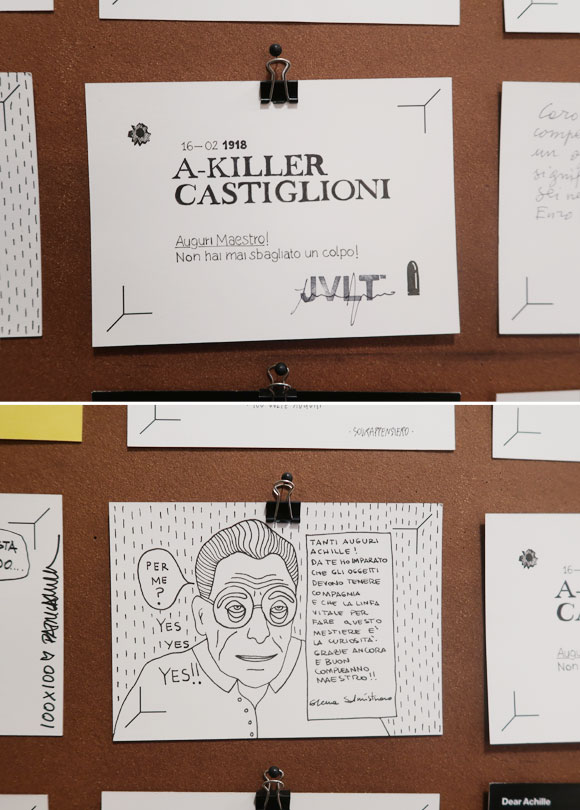
I imagine these gifts speak and tell us a lot about the personality of the designer who brought them.
That’s right, but the question is always the same: when you give someone a birthday present, do you come up with something that pleases you or that pleases the person with the birthday? And so, for this I can’t answer, but I can tell you that personally, I almost always take games, I can not take very serious things. Also, as my mother taught me, never take an excessively expensive gift to a party, to avoid embarrassing the other person.
And it is true, the anonymous objects that were given to Castiglioni are not extravagant objects. The anonymous gift brings everyone to the same level, and so Philippe Starck is not more or less famous than Marco Marzini, in this way every object acquires its meaning. At the end, we had received many objects, all very different from each other, but united by the affection and respect towards Castiglioni.
One thing I liked a lot was the fact of being able to show off objects that are part of everyday life for us all. Among the gifts for Achilles there were things that we all possess and this has the effect of bringing everyone to the same level. In the end, famous or not famous.
We know that 100×100 Achille is an exhibition that will become itinerant. Can you tell us where it will go?
It would be nice to know where exactly it will travel but it’s not that easy. 100×100 Achille is a very simple exhibition but we have to modify it. The displays that house the gifts were made for the Foundation, and they will not be appropriate to travel around, so we’re thinking about the logistics. There are fixed venues, already organized, but we can’t formalize everything yet.
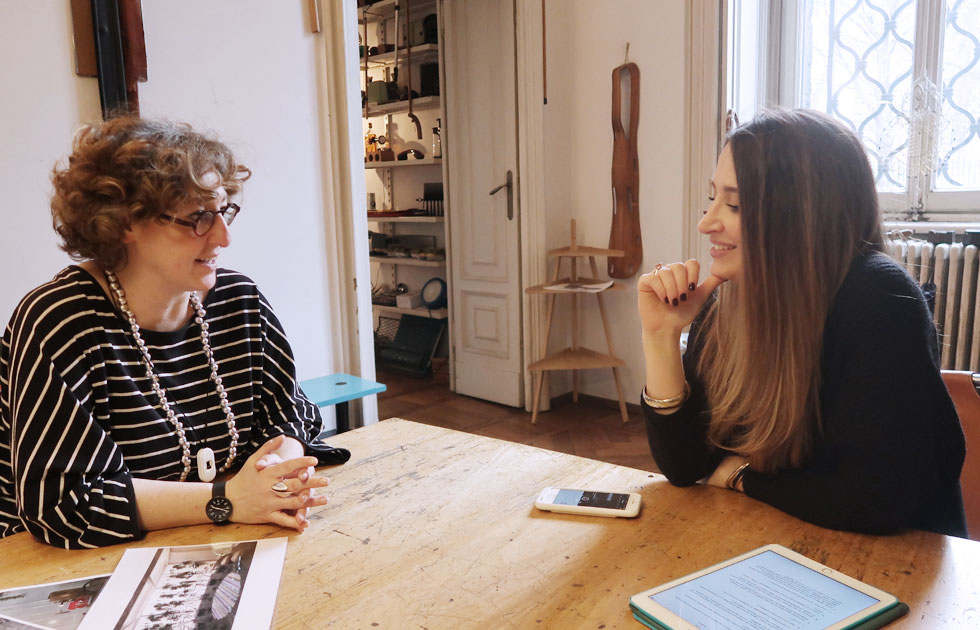
Over these days, thinking about our meeting, I was wondering about something original I could ask you, in view of the fact that you have already answered hundreds of questions about your father in the past. So, I would like to ask you to tell me something that has never been told before: a curiosity, a habit, an anecdote, an aspect of personality, something that’s never been revealed….
Everyone knows about the fact he liked the eggs but no one knows that he was able to burn them. The hard-boiled eggs, I mean! He was really bad in the kitchen. The water evaporated and burned the whole shell. Yes, this is perhaps one of the things that I loved about dad because he was really bad in the kitchen.
Do you think that the inspiration and the creativity that your father had, is something you can learn or rather is it natural?
This question is beautiful, because on one hand, my father was certainly born like that, and you couldn’t do anything about it, he was a man full of sparks. He was constantly creative, like remaining as a child, because if we remain like children, we are curious and we can learn from everyday objects, from the things that surround us, we can still be amazed and why not, keep what surrounds us infront of us. This, I think can still be taught today as today we are a little too used to having branded objects, we are children of the brand, rather than the product. One of the objects that I really like to talk about is the breaker switch, which is almost an anonymous object, but it has entered everyone’s home.
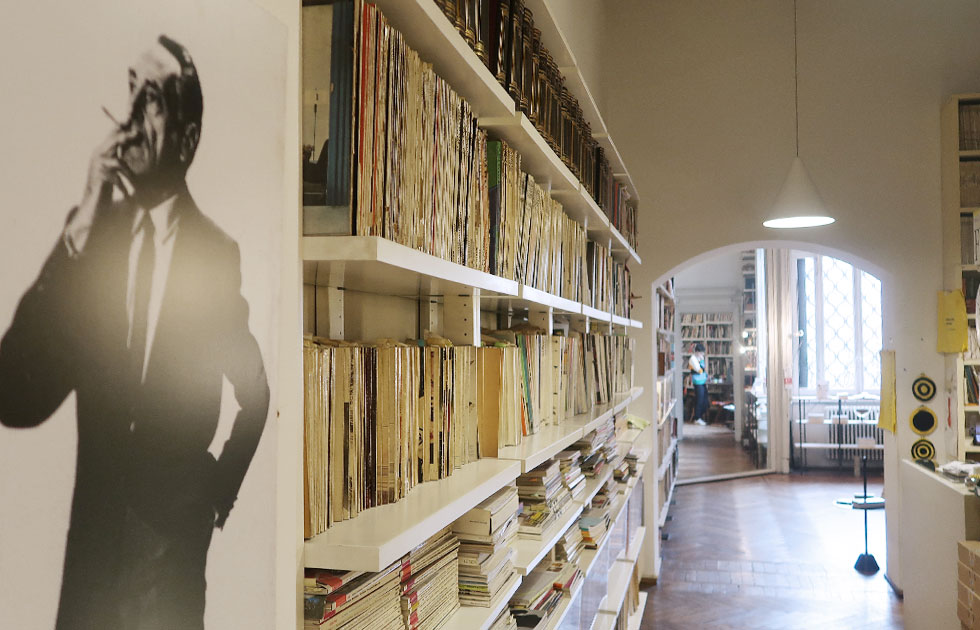
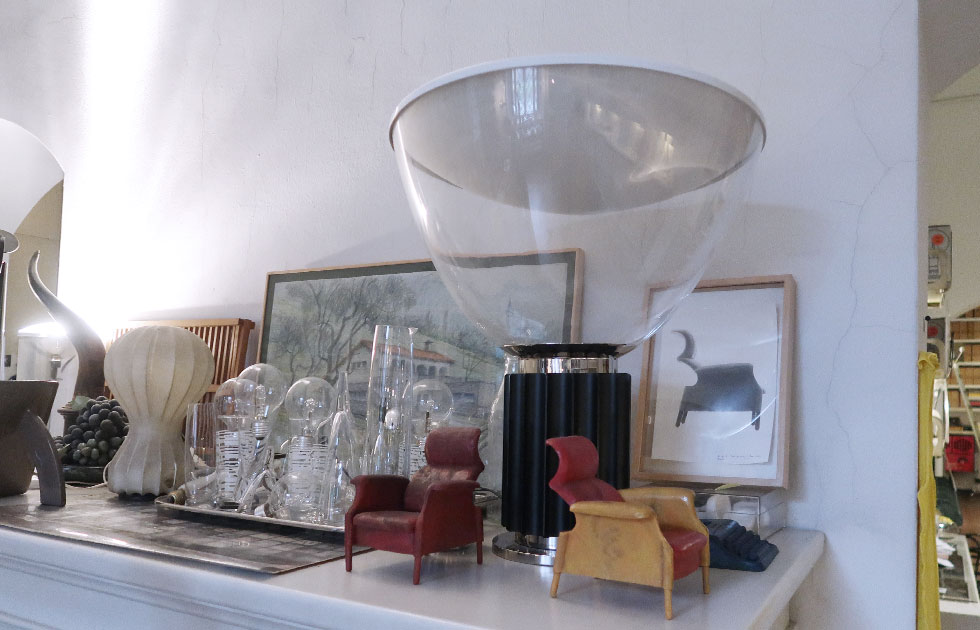
If I asked you to describe Achille Castiglioni in 3 words, which would you choose?
On one hand he was very attentive to people, he watched, looked around, absorbed information, he was like a sponge. On the other hand, he was almost an inventor, because he thought and built objects that were functional. So, sponge, function and curiosity. These are the 3 words.
What was his favorite colour?
There isn’t one. This surprises you, right? The truth is that he did not have a favorite colour, because for him colour was so important in every project that when he designed an object, colour also had a function. I’ll give you an example immediately. The bicycle seat Sella, created for Zanotta in ’57, has a pink colour, which is not really my father’s favorite colour but in that case, the pink colour is connected to the pink jersey (Maglia Rosa, in Italian), to the Giro d’Italia. It is therefore, perfect. An outdoor seat like Allunaggio, again created for Zanotta in ’55, is green because it is an outdoor seat, put it on a lawn and it blends in.
So we can say that every colour can be perfect, depending on where it is applied.
Exactly.
Do you have a favorite color?
The green forest, which is then also the hope green.
And so, what about the shape of objects? Are you more attracted to rigorous or sinuous forms?
I can’t respond in a generic way, because I connect form to function. For me they are two very closely related things. If the object works and has a beautiful shape and also if the shape is less beautiful but follows the function in an intelligent way, for me it is equally good.
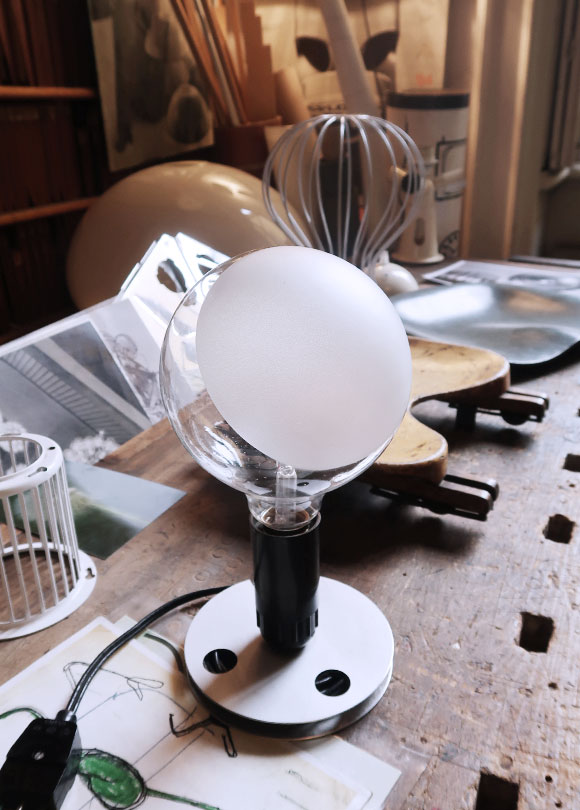
If we were to look at the market today thinking about the future, do you think that in 100 years, today’s icons of design will only be museum pieces, or will they still be part of our homes?
I hope they will still be in the houses. My father liked to enter homes and everyday life, in a silent way. He wanted people to buy one of his objects without necessarily knowing that it was designed by him or produced by a large company, but simply because they liked it. Objects must have company, they’re something that must be used, touched, ruined or consumed. It’s the natural life of an object, a life exactly opposite to that of museum pieces, which are exhibited, but distant and untouchable.
I imagine the most well known product is still the Arco lamp.
Yes, the Arco lamp and the mayonnaise spoon. Two opposites.
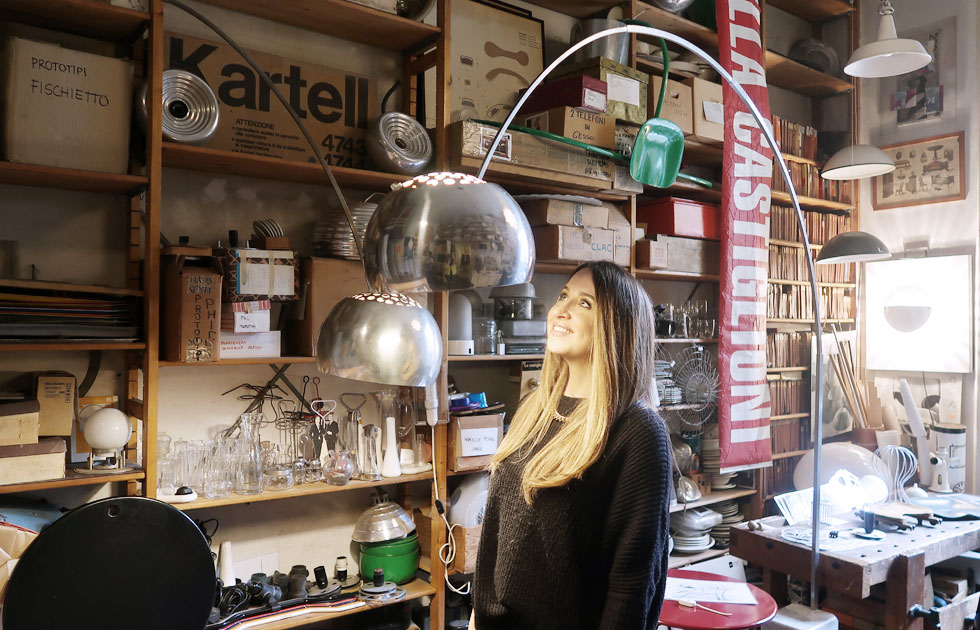
What is the dream for the Foundation? What do you imagine?
The dream is to keep it open forever, for all future generations.
Are there any future projects you want to tell us about?
In May, we will present in the Foundation a re-edition of the “Tokyo” exhibition that my father created in 1984. It is a domestic space, a somewhat atypical dining room environment in which each diner is seated with his own table but can interact with everyone. In essence, we will recreate the environments made by my father in his study. It is the third setup we have made of this type. The curator is Beppe Finessi, while Marco Marzini will literally build the whole room. It’s a nice team.
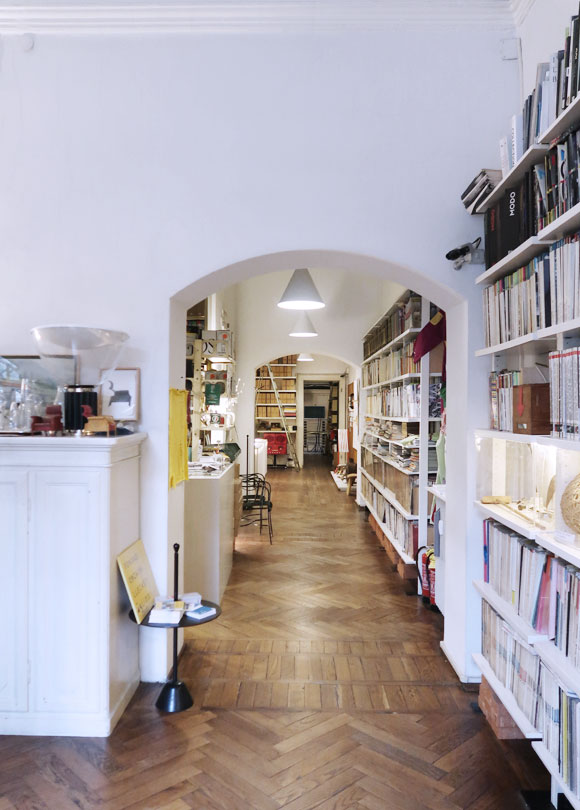
We saw that on Valentine’s Day you interacted with our Facebook page, putting a like on Valentine by Sottsass, which we published on that date. In your opinion, if your father were here today, what relationship would he have with digital, social media and these types of communication?
My father has always been very innovative in his way of doing things. As soon as the first cell phone came out, the one with the antennae that you pulled up with your teeth, he absolutely wanted it. Then he didn’t know how to use it, but he wanted to experiment, the same thing happened with his first computer. He was very curious, very attentive to technology. So what he would have been able to do with LEDs and with all the new technology that we have now, is something we often ask ourselves.
What approach would he have had with social networks?
He was a very private person, so I think he wouldn’t have put his personal things in public, so I think he wouldn’t have liked Facebook. But Instagram, to which I am very attached (we even have a whole graphic project on Instagram that is going very well) I must say that perhaps, because it’s a communication through images and since he liked graphics so much, then probably he would have liked it. He loved pictures in general, and he probably would have liked this social channel.
So Instagram would have been his social network.
I think so, it’s definitely mine. I get on well with social media, I like it!
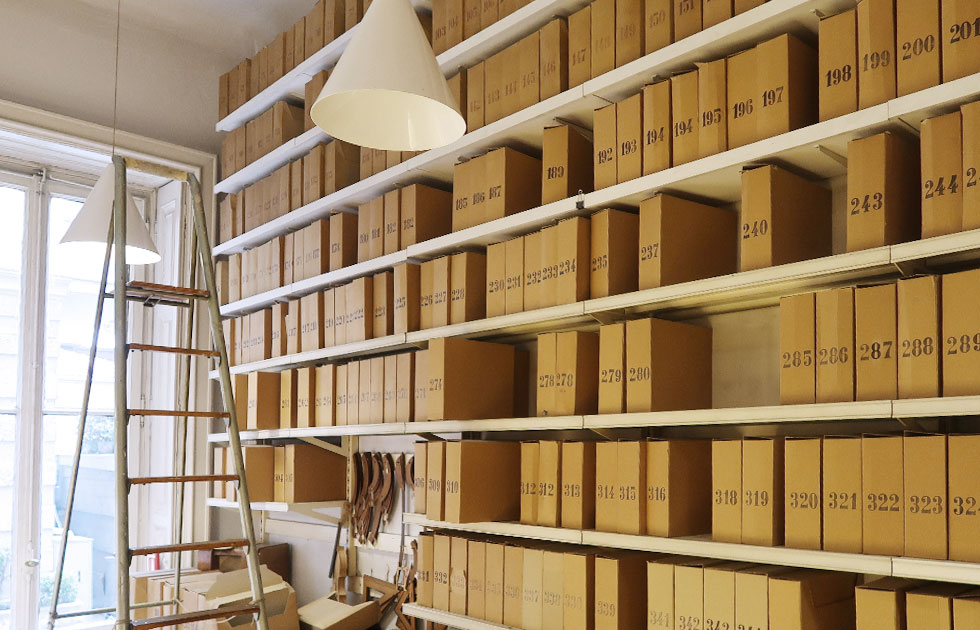
What did you think of the interview? Did you enjoy my chat with Giovanna too? Is there anything that particularly impressed you? Do you already know the Castiglioni Foundation? Do you have any anecdotes to tell me? Write to me in the comments, I’m waiting to hear from you!
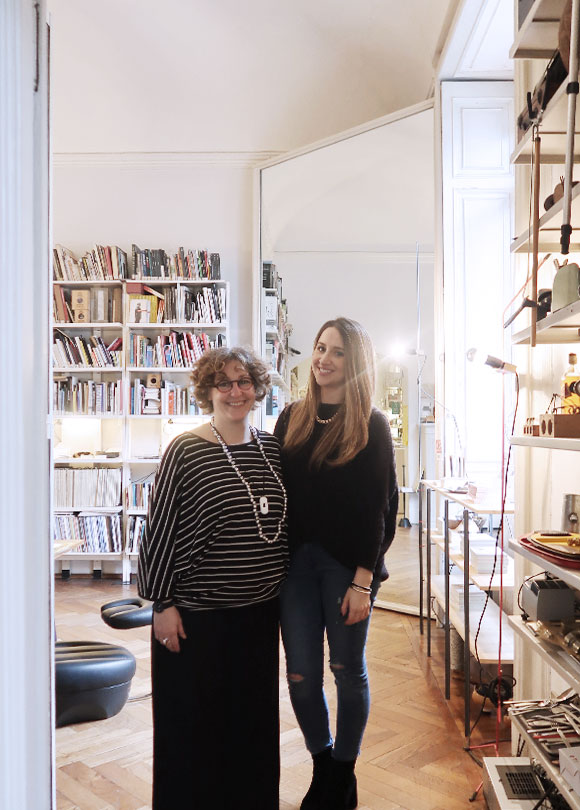
Se ti è piaciuto questo articolo potrebbe interessarti anche:
If you liked this article, you may also be interested in:
• Gum Design: when Design becomes a story
• 10 gift ideas for architects and designers
• Paola Marella: the interview
• Studiopepe: Arianna and Chiara talk about their design between journeys and serendipity
IN QUESTO ARTICOLO HAI VISTO:

